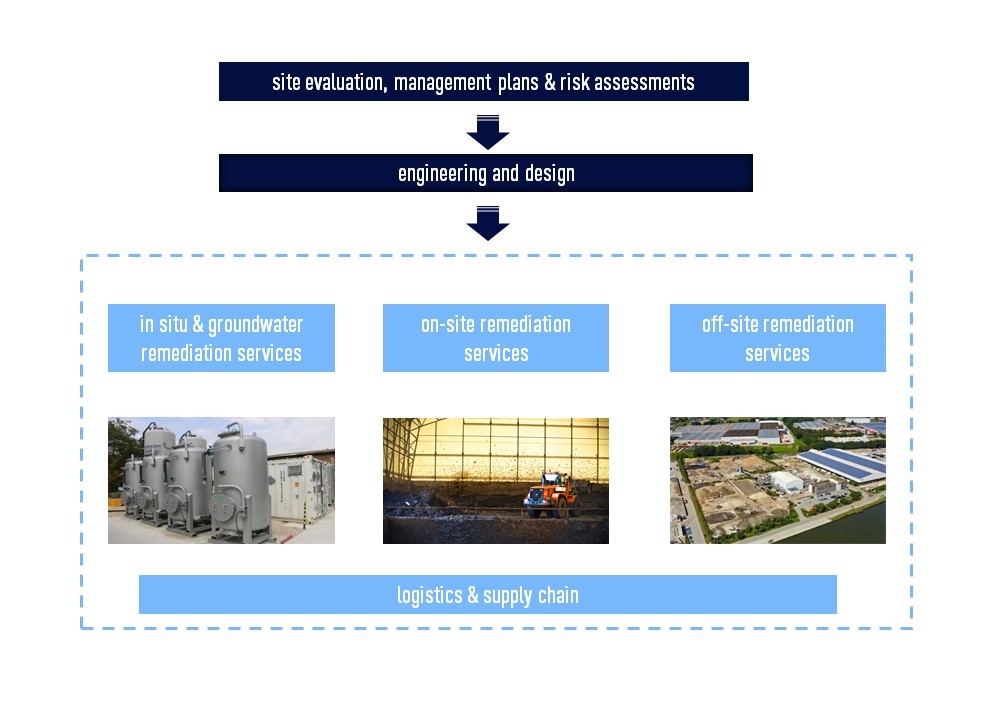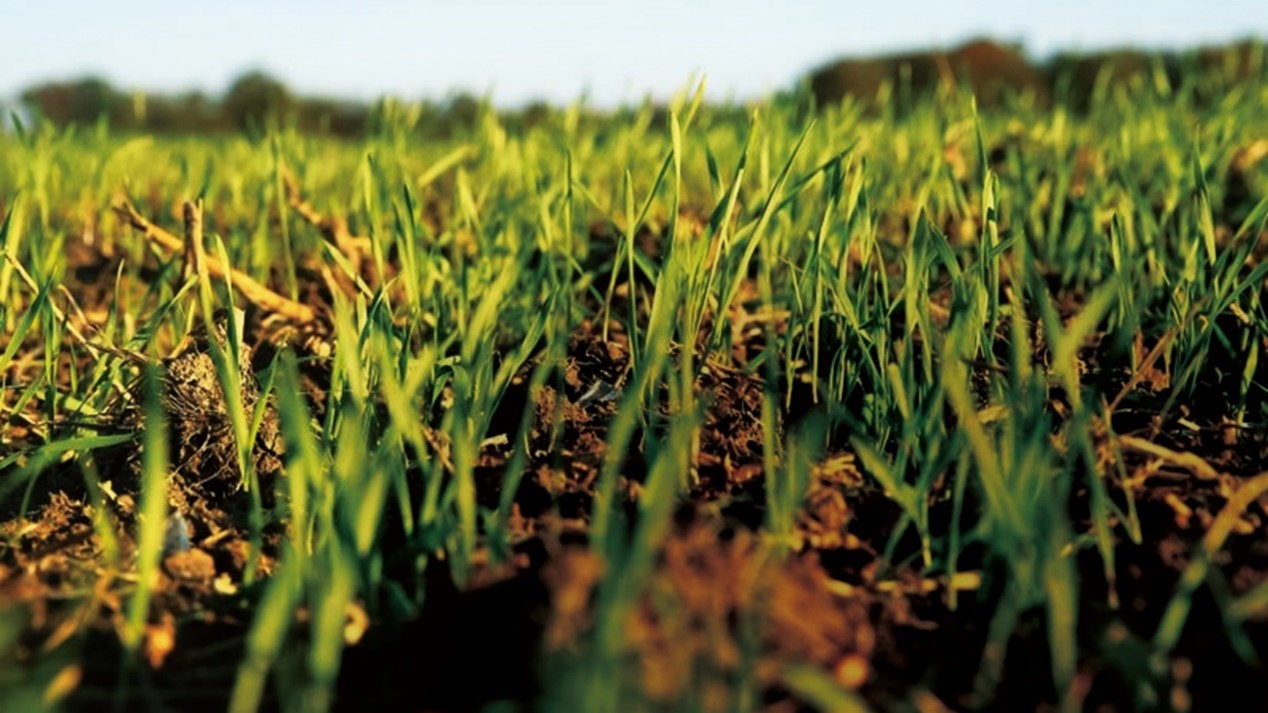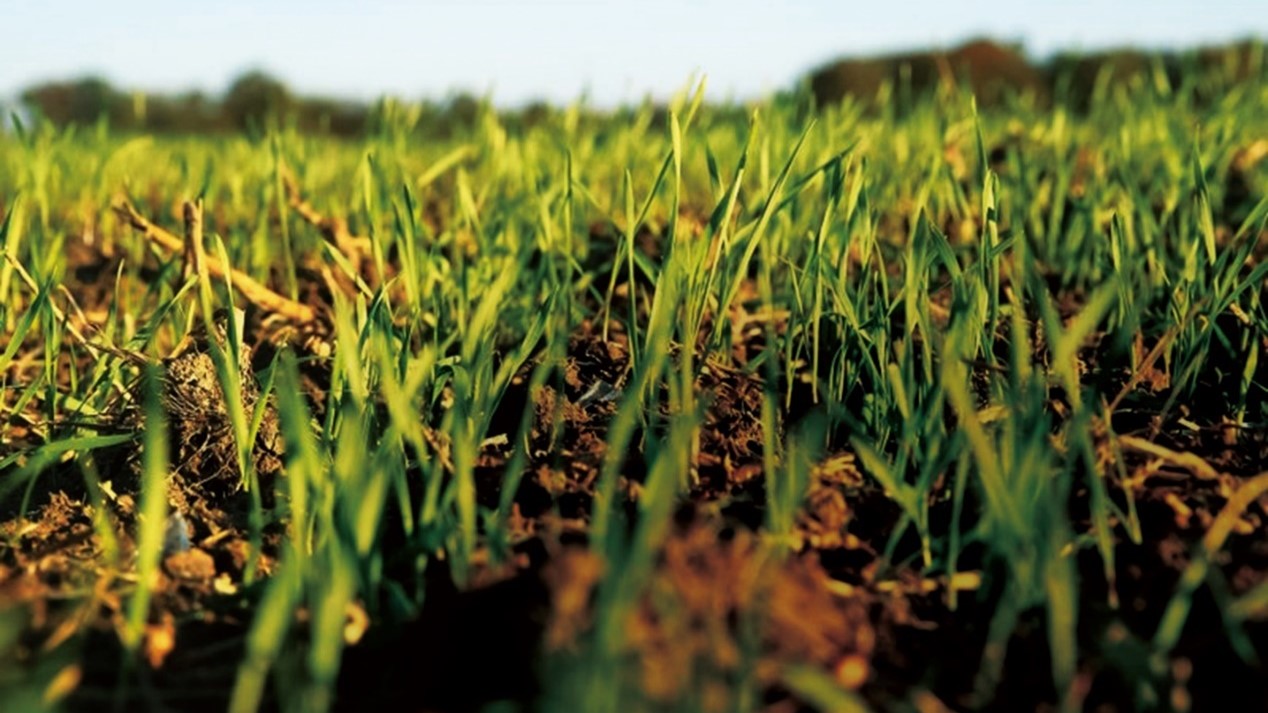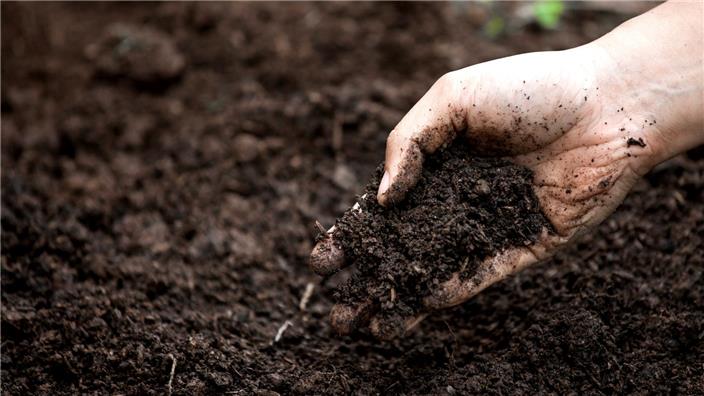Your challenges
The sustainable qualities of soil resources make them a valuable contributor to the economy, and crucial to efforts to preserve and ameliorate the ecosystem. Both public health and biodiversity can be maintained by preventing soil and groundwater pollution. The reintroduction of polluted soil and enhancement of site condition is closely connected to our living standards. For instance, without proper landfill restoration, the landfill sites would be left bordered by desolation, which would be a tremendous waste of land resources. Protecting soil against pollution and restoring land for planting can help us gradually achieve sustainability.
As stated in the Report on the National General Survey of Soil Contamination, mining and industrial wastelands are among the regions with the most heavily polluted soil throughout China. Analysis of the distribution of soil pollution reveals the severity of soil pollution at the Yangtze River Delta, the Pearl River Delta and the Old Industrial Base in Northeast China. Moreover, excessive heavy metal content in soil from Southwest China has indicated that soil pollution in China is so severe that human life, food safety and agricultural sustainability are under threat.
Our solutions
SUEZ's experience with soil remediation dates back more than 40 years. We offer our expertise to provide comprehensive services to industries and local governments, so they can reinstate contaminated land for reuse and develop new lands. Our remediation solutions include site evaluation, environmental consultation, feasibility studies and thorough laboratory tests.

In Asia, we offer local customers diverse services, including environmental consultation and remediation treatment implementation. For environmental consultation, our expertise covers environmental investigations and risk assessment, remediation project design and environment monitoring. For remediation treatment implementation, we provide comprehensive soil and groundwater remediations, landfill remediation, landfill rehabilitation, treatment and resource utilisation of industrial solid waste (oil sludge), mine restoration and remediation, water-sediment remediation and comprehensive management of water environment in the river basin. SUEZ combines factors like hydrogeology, physical and chemical characteristics of pollutants and site conditions with its profound experience to enhance its technological know-how and accomplish remediation treatment implementation and resource utilisation.
Remediations
SUEZ’s expertise in soil remediation covers numerous treatment solutions for complex geological problems.
1. In-Situ and Groundwater Remediations
In-situ remediation is a technique performed directly on the pollution site without transferring the contaminated soil. With enough time, in-situ remediation can preserve environments against damage and boost economies.
2. On-Site Remediation
Ex-situ techniques involve excavation of soil at the contamination site and are more efficient than in-situ remediation. Ex-situ remediation can further be divided into on-site and off-site remediations. On-site remediation means the soil is treated on-site by various methods after excavation. Such strategies include biological treatment, washing, thermal desorption and stabilisation/solidification. Thermal desorption, soil washing and biological treatment are among the most commonly adopted rehabilitation techniques by SUEZ.
3. Off-site Remediation
Off-site remediation, a sustainable treatment technique, is a branch of ex-situ remediation; it includes soil excavation and the following services: making cell-by-cell analysis of excavated soil, providing temporary storage (if requested), identifying the best treatment method, managing and optimising logistics and providing complete traceability.



